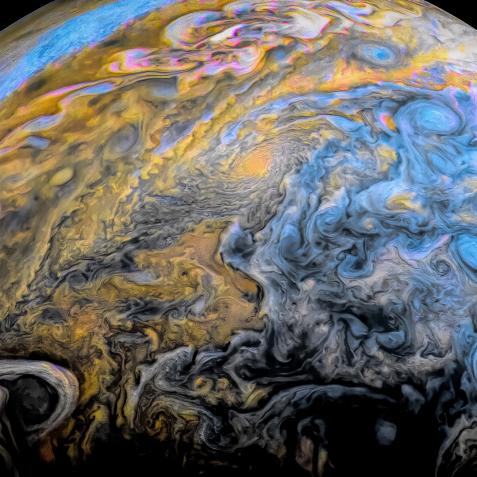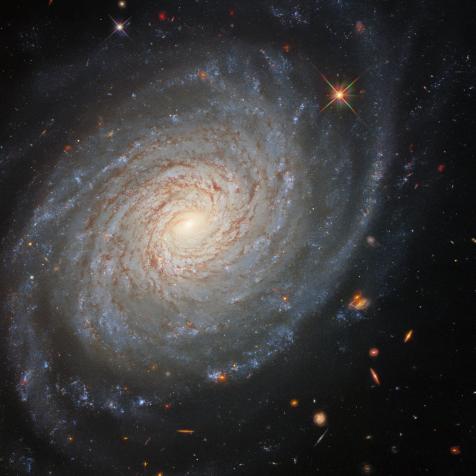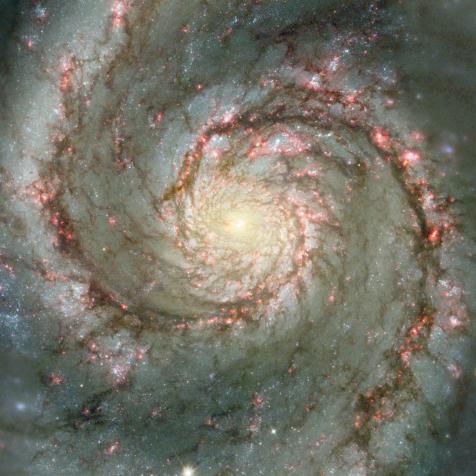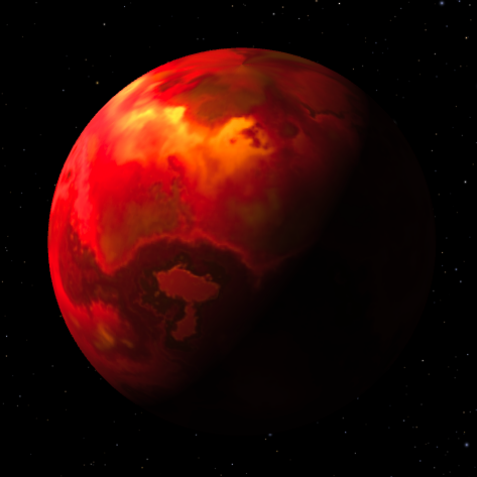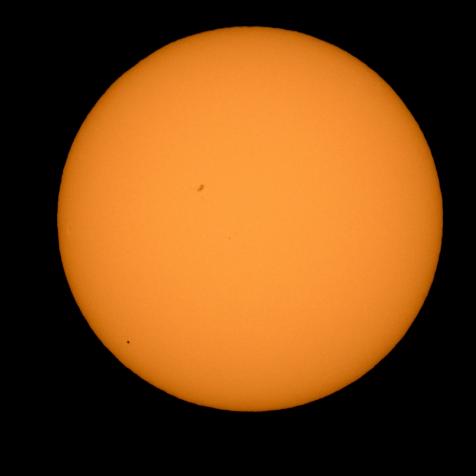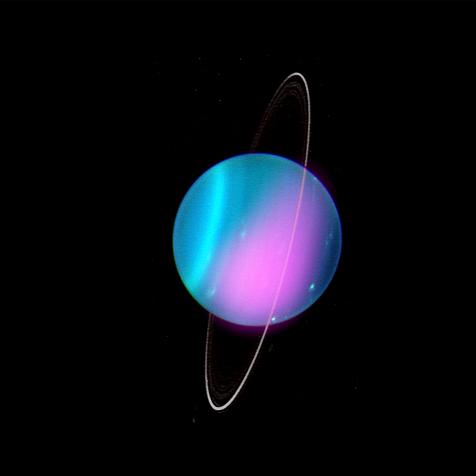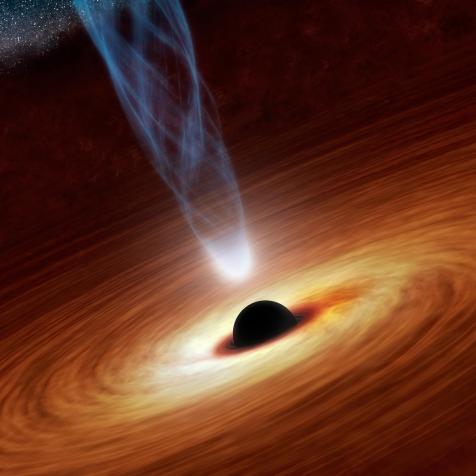
NASA/ Exoplanet Exploration Program
Meet WASP-127b, the Fluffiest Planet in the Galaxy

Take a planet with the mass of, say, Saturn. You know, pretty big, but not ridiculously big. Just…normal big.
Now take that planet and move it closer to its parent star. No, closer. Nope, not close enough. Closer than the Earth orbits around the Sun. Closer than Venus. Yeah, go all the way: move that planet so that it’s less than a quarter of the orbit the Mercury.
An orbit that close is going to make the planet just a little bit hot. Over 2,000 degrees Fahrenheit hot. That’s hotter than any object in the solar system, by far.
That’s WASP-127b, a planet 525 light-years away from us.
WASP-127b is like any other massive planet: it’s made of almost entirely of the gasses hydrogen and helium. And what do gasses do when they get hot? They expand. Like a hot air balloon, WASP-127b has puffed out to become the fluffiest known planet in the galaxy. Despite only having a fraction of the mass of Jupiter, it’s 30% wider than the biggest planet in our solar system.
And like all the other weird exoplanets (planets outside the solar system) out there, the more we study it the weirder it gets.
Recently, a team of astronomers used a combination of instruments, including the Hubble Space Telescope and the ESPRESSO spectrograph at the European Observatory’s Very Large Telescope in Chile.

jamesbenet
Hubble space telescope.
They found sodium. The same sodium that’s in your table salt is hanging out in the atmosphere of this alien world, at a much lower altitude than the astronomers expected. Who salted up this puffball and why is anybody’s guess.
And there are clouds. The astronomers found signals of water vapor that appeared in infrared light, but not in visible light. Since the water vapor signal came from deep in the atmosphere, this meant that there was something higher up that screened out visible light but let infrared light pass through.
That’s exactly what clouds do. So WASP-127b, this giant puffy planet orbiting way too close to its parent star, has clouds. The astronomers weren’t able to tell what the clouds are made of, how much they cover the planet, or what the weekend weather outlook is, which just adds to the mystery.
Oh, you want some more? Sure. The astronomers found that WASP-127b orbits its parent star the wrong way – its star spins one way while the planet orbits the other. Also, it has a really janky orbit, tilted far away from the plane of the rest of the planetary system. The astronomers suspect that there might be another, undiscovered planet in the system, and its gravitational influence is to blame for the weird orbital dynamics.
In short, WASP-127b is a hot mess of a planet, but at least it’s an interesting hot mess.
Dive Deeper into the Cosmos
Journey Through the Cosmos in an All-New Season of How the Universe Works
Stream the latest season on discovery+.





































































